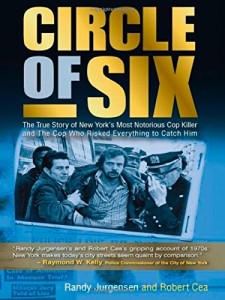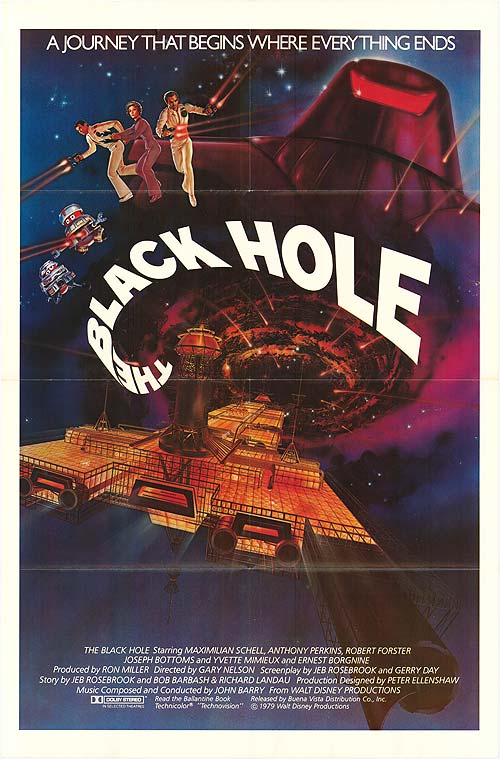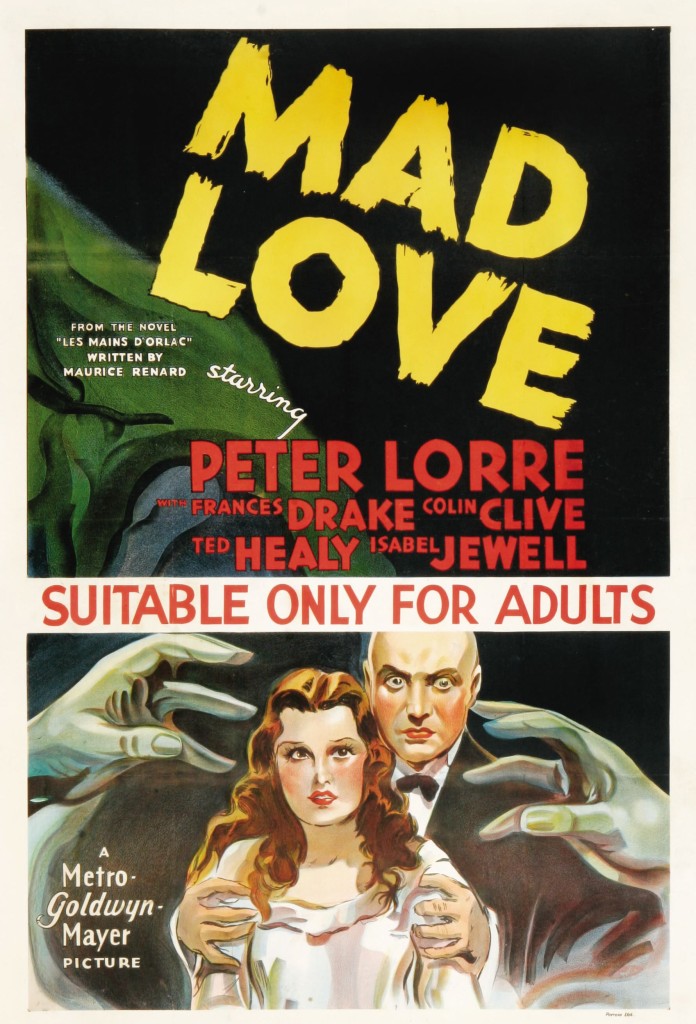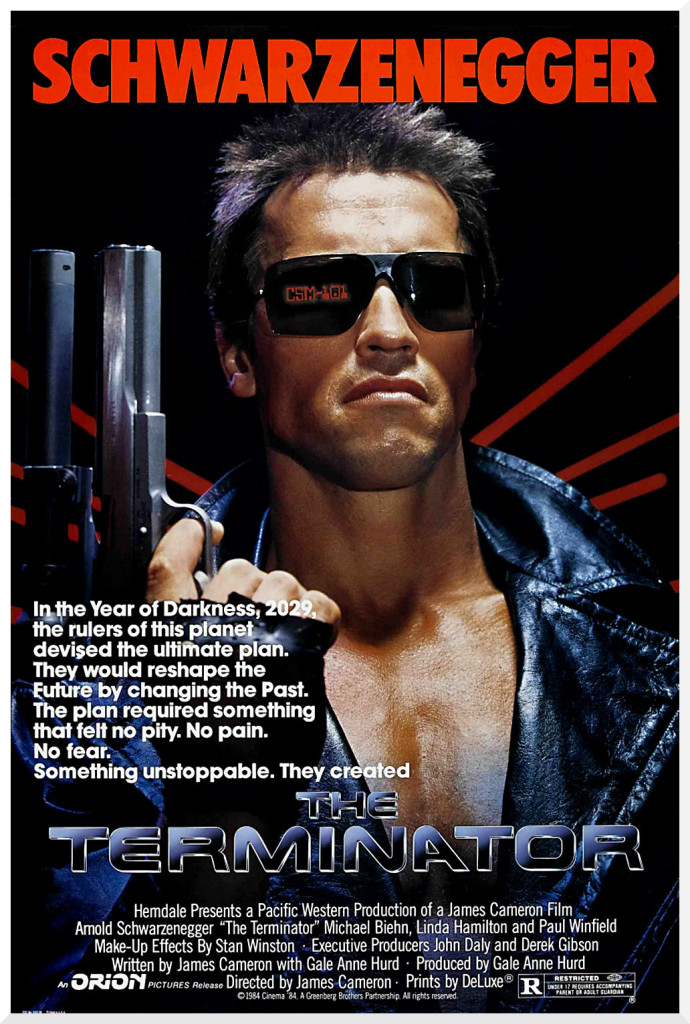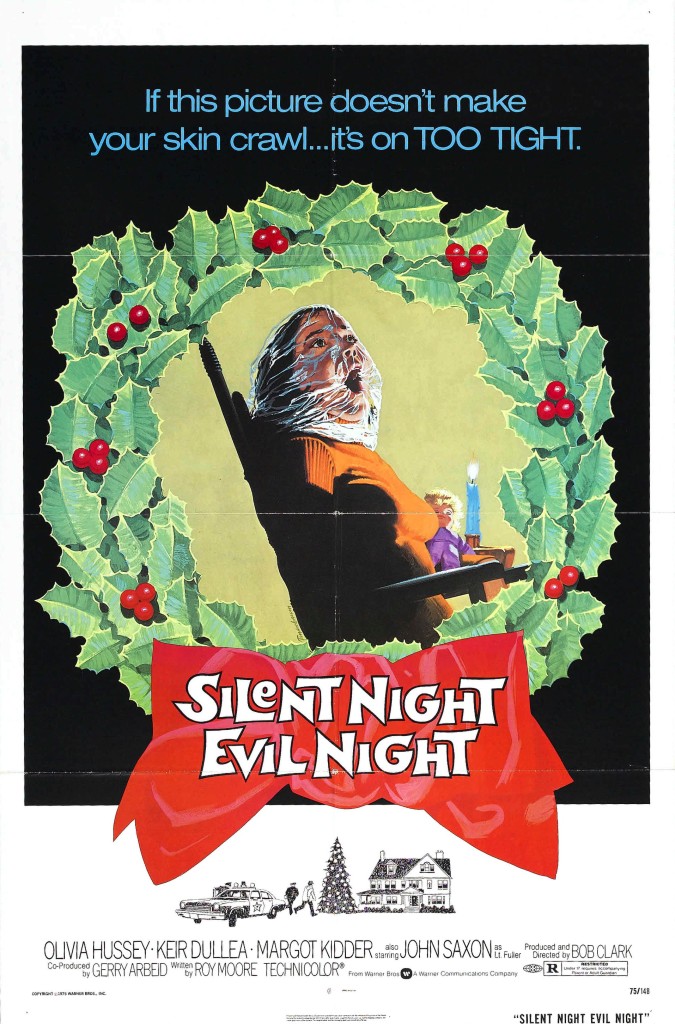Tombstone, 1993
Welcome back to another exciting edition of Saturday Night Movie Sleepovers! This week’s podcast is a true epic, with the boys breaking new ground and covering their first Western. The choice for their first in the genre is a film near and dear to both Dion Baia and J. Blake‘s hearts, a momentous pick that has become a modern classic, George P. Cosmatos‘ Tombstone, from 1993.

After Blake relates a recent story about attempting to see the obscure Michael Mann film The Keep at BAM (Brooklyn Academy of Music), the boys lay out their history with Tombstone, and setup the history of the western genre, laying out the evolution of the complexities and sophistication of themes and presentation of these stories within the film industry, through the second half of the 20th Century. Then the boys get onto the winding road that is the back story of this film, laying out the actual history of the Earps and the Cowboy Gang in the 1880’s in the city of Tombstone, and the lead up to this 1993 film being made and the extensive cast this movie boasts. How accurate was this story to the real historical events? Why was the first director Kevin Jarre (who actually penned the script) fired mere days into production? Did new director George Cosmatos actually oversee the production as credited or did one of the lead actors actually secretly direct the picture? Who was originally cast as Doc Holliday, only to be denied by the film’s distributor because of past controversy? How did the film’s rival production, Kevin Costner‘s Wyatt Earp actually help and hurt Tombstone‘s fate? Well grab your dusters, Winchester Repeaters and Colt Peacemakers, because all these convoluted stories will be explained and put into context in this all new, massive and epic installment of Saturday Night Movie Sleepovers!
EXTRAS:
Have a look at the making-of featurette!
Check out the original 1993 theatrical teaser trailer for the film.
Take a look at some of the deleted scenes that were restored in the 2002 Director’s Cut, found here, here, here and here!
Who really killed Johnny Ringo? Take a look a some historians giving their theories.
Podcast: Play in new window | Download
Subscribe: Apple Podcasts | RSS

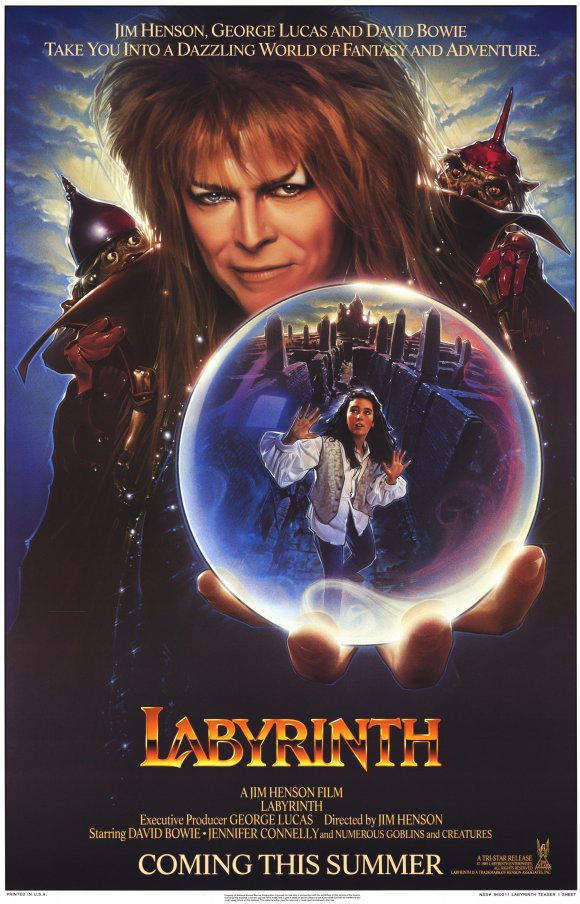
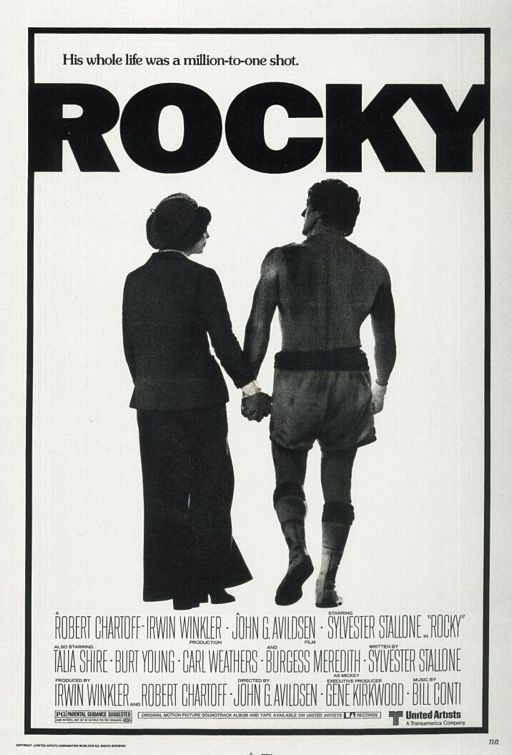
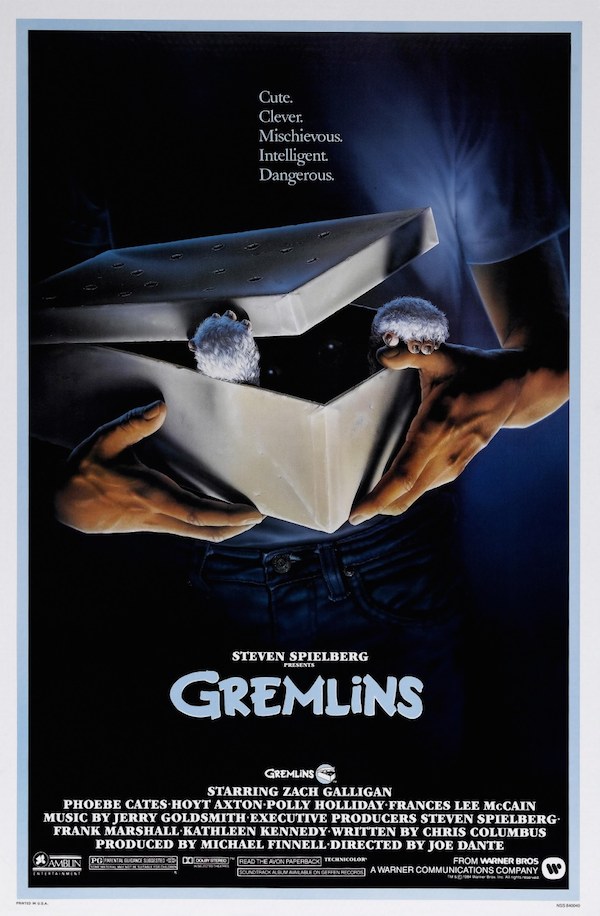
 Welcome back to another all new edition of Saturday Night Movie Sleepovers‘ Side-Cast. We present Part 2 of our exclusive interview with retired NYPD Homicide Detective turned actor, consultant, writer and producer Randy Jurgensen. In this episode, we segue into Randy’s fascinating career in Hollywood and his body of work in the 1970’s, 80’s and 90’s. We go in-depth about the first film he was drafted to be an advisor and actor for, The French Connection, and how he prepped the actors to be New York City cops (back when background prep was rare). We also discuss his friendship with director William Friedkin, as well as the four plus films they would collaborate together on. He also explains his role as of one the stunt drivers in one of the greatest car chases of all
Welcome back to another all new edition of Saturday Night Movie Sleepovers‘ Side-Cast. We present Part 2 of our exclusive interview with retired NYPD Homicide Detective turned actor, consultant, writer and producer Randy Jurgensen. In this episode, we segue into Randy’s fascinating career in Hollywood and his body of work in the 1970’s, 80’s and 90’s. We go in-depth about the first film he was drafted to be an advisor and actor for, The French Connection, and how he prepped the actors to be New York City cops (back when background prep was rare). We also discuss his friendship with director William Friedkin, as well as the four plus films they would collaborate together on. He also explains his role as of one the stunt drivers in one of the greatest car chases of all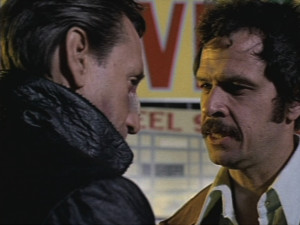 time. He then goes into great detail about becoming a producer, and fighting the Screen Actor’s Guild for Larry Cohen‘s God Told Me To ; ‘stealing’ filming locations in New York City for Maniac and Viligante ; surviving the jungle and the Federales in Central America while filming Friedkin’s Sorcerer ; to fighting city hall (literally) in a small Maine town to get Stephen King‘s Thinner completed. As astounding as it is that a retired Detective was able transition into a life in Hollywood, what’s more incredible is that legends like Marlon Brando, Al Pacino and Roy Scheider were vying to hang out with him, because he was the ‘real’ deal, and moreover was the lead Detective on a very
time. He then goes into great detail about becoming a producer, and fighting the Screen Actor’s Guild for Larry Cohen‘s God Told Me To ; ‘stealing’ filming locations in New York City for Maniac and Viligante ; surviving the jungle and the Federales in Central America while filming Friedkin’s Sorcerer ; to fighting city hall (literally) in a small Maine town to get Stephen King‘s Thinner completed. As astounding as it is that a retired Detective was able transition into a life in Hollywood, what’s more incredible is that legends like Marlon Brando, Al Pacino and Roy Scheider were vying to hang out with him, because he was the ‘real’ deal, and moreover was the lead Detective on a very  publicized case at the time involving probably the most notorious cop killing in New York City’s history! Again, it’s a case where truth is stranger (and more entertaining), than fiction! So come listen to an absolutely fascinating and exclusive installment of Saturday Night Movie Sleepovers! (above picture Randy and Roy Scheider in Sorcerer, 1977; left picture is Randy in the NYC Coroner’s Office in Cruising, 1980)
publicized case at the time involving probably the most notorious cop killing in New York City’s history! Again, it’s a case where truth is stranger (and more entertaining), than fiction! So come listen to an absolutely fascinating and exclusive installment of Saturday Night Movie Sleepovers! (above picture Randy and Roy Scheider in Sorcerer, 1977; left picture is Randy in the NYC Coroner’s Office in Cruising, 1980)